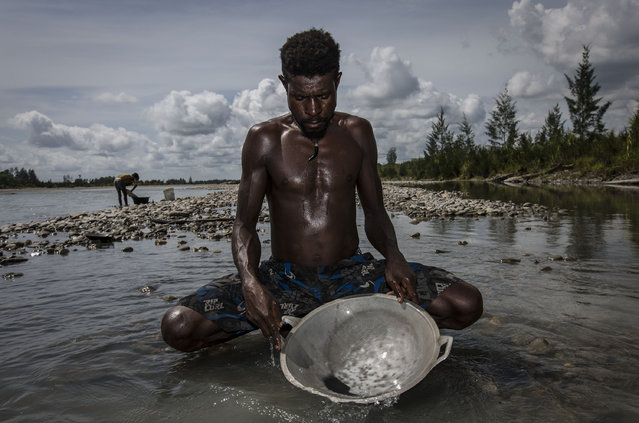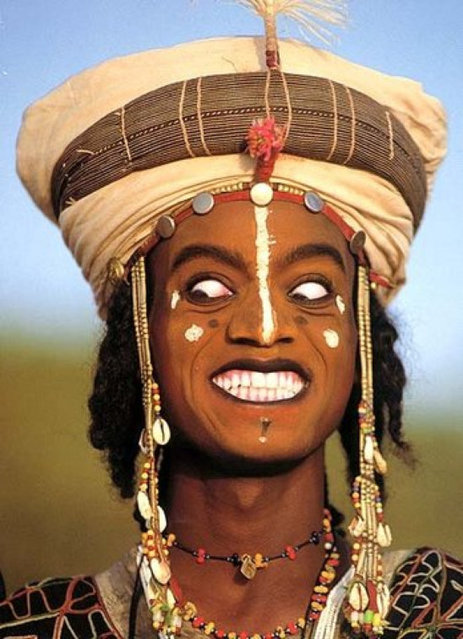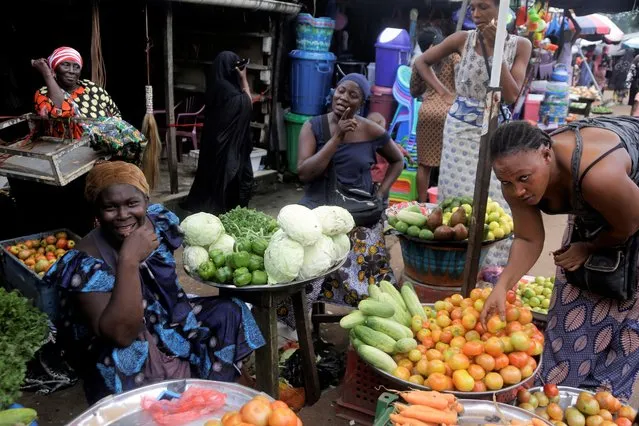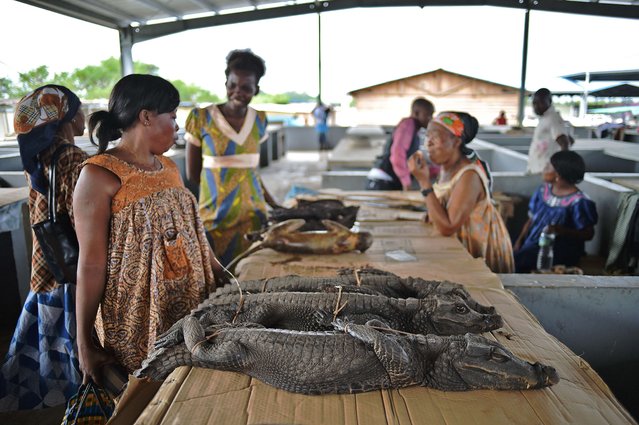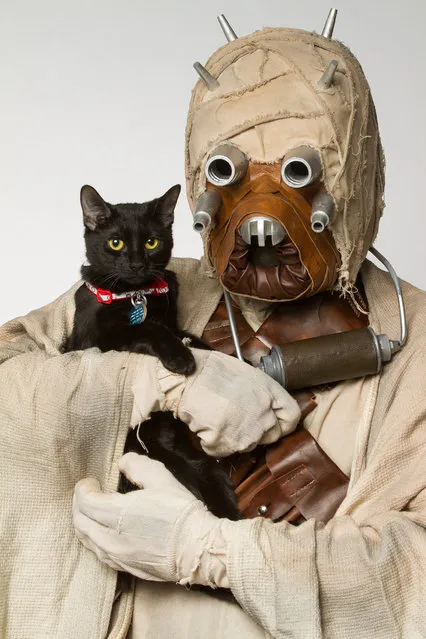
A humane society have drafted in Star Wars characters to help find adoptable animals new homes. The Ottawa Humane Society in Ontario, Canada, used the recognisable cosplay figures to adorably interact with the likes of dogs, cats and guinea pigs. Photographed by Rohit Saxena, the series featured a stormtrooper, a Tusken Raider and Garindan. Those photographed were members of the 501st Capital City Garrison, a Star Wars costuming group in Eastern Ontario. Here: a Tusken Raider with a cat. (Photo by Rohit Saxena/Caters News)
13 May 2015 11:59:00,post received
0 comments




